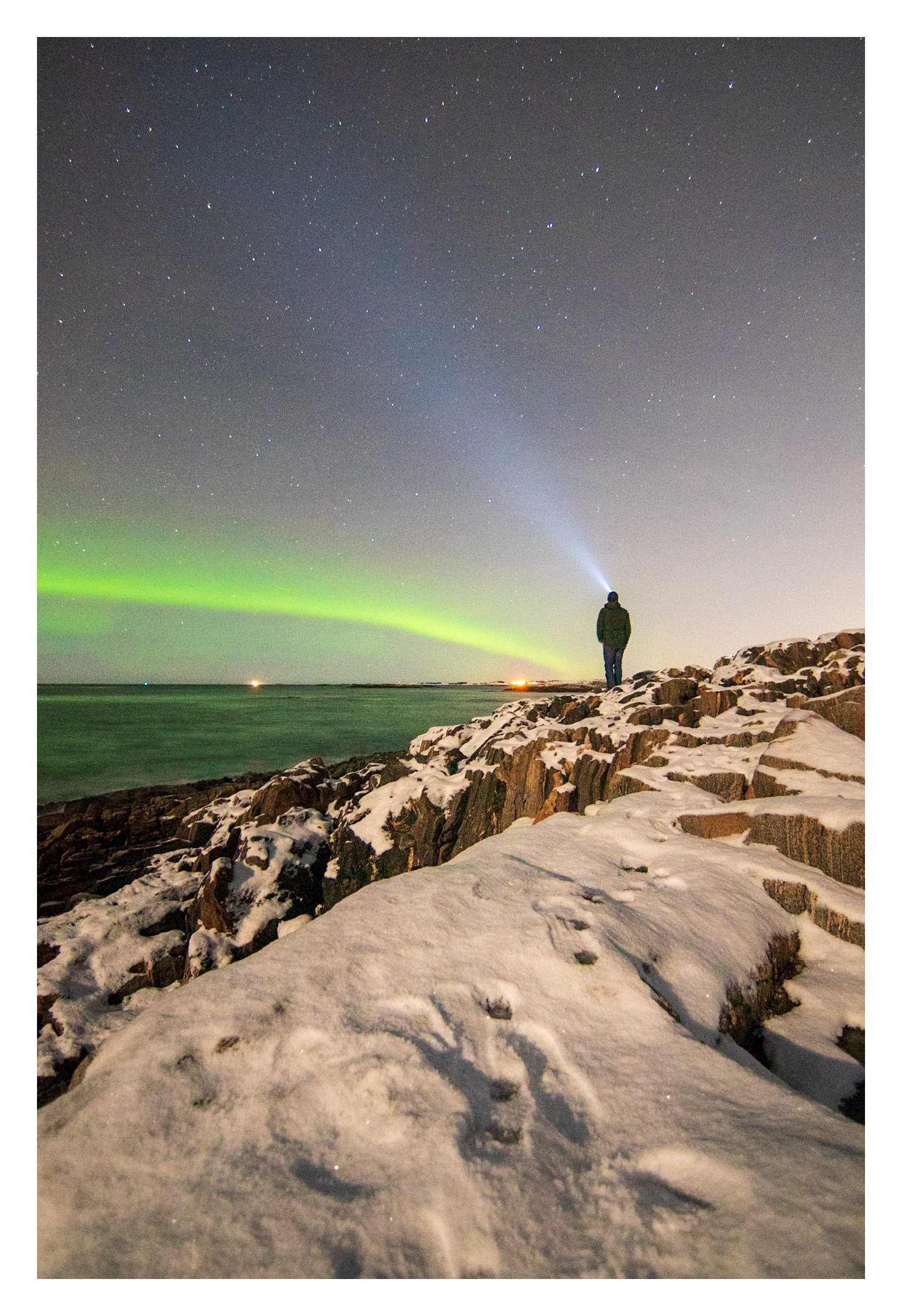The 500 Rule: A Complete Guide to Understanding and Applying It in Nightscape Astro Photography
Nightscape photography is a unique and challenging form of photography that requires a bit of preparation, patience, and know-how. One of the most important concepts in nightscape photography is the "500 Rule," which is used to determine the maximum shutter speed for capturing sharp and clear images of the stars.
The 500 Rule is a simple calculation that helps photographers determine the maximum shutter speed they can use when shooting nightscapes without getting star trails. The basic formula is as follows: 500 / (focal length of lens) = maximum shutter speed (in seconds).
For example, if you're using a lens with a focal length of 24mm, the maximum shutter speed you can use without getting star trails is 500 / 24 = 20.8 seconds. If you're using a lens with a focal length of 50mm, the maximum shutter speed you can use is 500 / 50 = 10 seconds.
The faster you can set your aperture, the more light enters the sensor, just remember that the lower the f.stop number the less depth of field, there are always trade-offs in everything and anything you do.photo: Are Ramstad
It's important to note that the 500 Rule is a general guideline and may not be accurate in all situations. Factors such as the quality of your lens, the type of camera you're using, and the location of your shoot can all affect the maximum shutter speed you can use.
To apply the 500 rule in practice, you should take into account the following:
Use a fast wide-angle lens: The wider the angle of your lens, the longer your shutter time can be before the stars start to trail. Photo: Are Ramstad
Use a fast wide-angle lens: The wider the angle of your lens, the longer your shutter time can be before the stars start to trail. The faster you can set your aperture, the more light enters the sensor, just remember that the lower the f.stop number the less depth of field, there are always trade-offs in everything and anything you do.
Use a high ISO: A high ISO will allow you to use a shorter shutter speed and capture more light, which is important when shooting in low light conditions.just remember that high ISO will introduce more noice and grain.
Use a sturdy tripod: A sturdy tripod will help keep your camera steady and eliminate the blur caused by camera shake.
Use a remote release or self-timer: To avoid any camera shake, use a remote release or self-timer to trigger the camera's shutter.
The 500 Rule is a simple calculation that helps photographers determine the maximum shutter speed they can use when shooting nightscapes without getting star trails https://unsplash.com/@nickanthony
By understanding and applying the 500 Rule, you'll be able to capture stunning nightscape images of the stars with minimal star trails. Remember to have fun and experiment with different techniques to find what works best for you. Happy shooting!
I hope that you found it informative and helpful. As someone who struggles with dyslexia, I want to let you know that I used a writing tool called OpenAI's GPT-3 to assist in the creation of this piece. GPT-3 has been an invaluable resource for me, helping me to fine-tune my writing and express my thoughts more clearly. While I was responsible for the overall direction and content of the post, GPT-3 helped me to refine the language and make the writing more cohesiv.








Thinking about the Sony ZV-E10 II? After six months of use, I took it on a weekend getaway to test its photo and video capabilities. In this hands-on review, I share what I love, what I don’t, and whether it’s worth buying. Read more for real-world insights, pros & cons, and sample images!